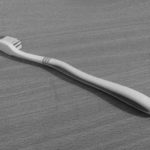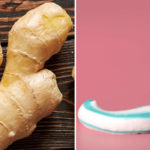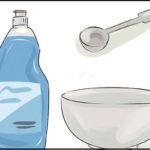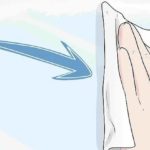Maintaining good oral hygiene is essential for healthy teeth and gums. However, it’s important to brush your teeth the right way to ensure optimal dental health. Read on to discover why brushing your teeth with cold water is a big mistake and learn the correct ways to care for your teeth.
1 Why Brushing Teeth with Cold Water is a Bad Idea
 Brushing teeth with cold water prevents toothpaste from reaching its full cleaning potential
Brushing teeth with cold water prevents toothpaste from reaching its full cleaning potential
According to Dr. Richard Marques, brushing your teeth with cold water prevents toothpaste from reaching its full cleaning potential. This is because toothpaste contains mainly abrasive ingredients, fluoride, and these ingredients are most effective at around 37 degrees Celsius. Additionally, brushing with cold water can damage tooth enamel, irritate gums, and increase the risk of cavities over time.
2 Brush Your Teeth with Warm Water

The ideal temperature for our teeth to function optimally is between 35 and 36 degrees Celsius. Rinsing your mouth with warm water at around 35 degrees is beneficial for both your teeth and throat, as it helps dislodge food particles and kill bacteria. Additionally, brushing with warm water can prevent thermal shock, reducing the chances of dizziness and headaches.
3 Some Important Tips
Here are some detailed recommendations from Dr. Richard Marques to help you maintain strong and healthy teeth:

Electric toothbrushes are highly effective at removing plaque and food debris without applying excessive force that may damage your teeth.
Brush your teeth twice a day, in the morning and at night, to maintain good oral health and prevent dental issues.
Instead of using toothpicks, opt for dental floss to clean between your teeth safely and effectively.

Choose the right toothbrush with soft, new, and unwaxed bristles to effectively remove plaque and food debris from your teeth.
Use only a pea-sized amount of toothpaste as it contains fluoride, and excessive amounts can be harmful to your enamel.
To get warm water for brushing, mix boiled water with cold water in a 1:4 ratio. This will ensure the water is at the ideal temperature for your oral health.
We hope you found these tips helpful. Remember to follow these correct brushing techniques to maintain healthy teeth and gums.
You may also like:
>>
>>
>>




































